A week after F1 implemented a mandatory two-stop strategy relevant only to the Monaco Grand Prix, the sport now has something else new to consider for this weekend, around which there has already been considerable debate
The topic of flexi-wings has been de rigueur for a considerable period, sparked by complaints between teams last season, notably against McLaren. In its own words, it forced the FIA to "introduce either new or more challenging load-deflection tests for the front wing [from the Spanish Grand Prix], the upper rear wing, and the beam rear wing".
Motorsport's governing body felt it had addressed concerns relating to the rear wing, in particular, over the winter, applying new load tests to counteract 'slot gap' openings in the DRS, as there had been the suggestion of a mini-DRS effect.
“When championship battles become intense, teams tend to focus on each other’s cars a lot, and naturally they raise concerns, and over the latter half of the season [in 2024], we came to the conclusion that we needed to toughen a bit more the tests for 2025," said the FIA's Single-Seater director, Nikolas Tombazis.
Referring to the rear wings, in particular, Tombazis said: “The 2025 regulations were designed to counteract the so-called ‘mini-DRS effect’ that became quite a talking point in the autumn of last year. That test was applied from the start of the season, but it soon became apparent it was insufficient."
The load test regulations were stiffened, initially for the second race of the season in China, and again, two weeks later, for the following race in Japan. All teams have since conformed.
The FIA afforded the teams more time to address front-wing concerns for reasons of costs, in particular.
Tombazis said: “Over a sequence of races at, and following, the [2024] Belgian Grand Prix, we installed cameras on the front wings of all cars and again we concluded that the tests would need to be toughened.
"That conclusion was arrived at quite late in the year, however, and we felt that if we had introduced extra tests at the start of this season, it would have been tough on teams and may have led to existing front wings being scrapped, and extra expense.
"Therefore, we felt that deferred introduction was more sensible."
FIA needs to be vigilant
So, what are the new regulations surrounding the front wings? In short, the FIA is eager to limit the amount of flexing to clamp down on significant performance advantages gained by teams in reducing drag on straights and increasing downforce in corners.
Under revised technical regulations, there will be new load tests applied to all cars.
Previously, the rules stated that when 100kg of load is applied symmetrically to both sides of the front wing, the vertical deflection must be no more than 15mm, and when applied to one side only, no more than 20mm.
For this weekend, when the 100kg load is applied, the vertical deflection must be no more than 10mm, and to only one side, no more than 15mm (see image above).
“Obviously, it is fair for the FIA to add more flexibility tests, or stiffness tests, when it judges that a certain area may be getting exploited a bit too much," said Tombazis, whose hope now is "it will be the last time we’ll do anything for this year."
Tombazis has confirmed that under the new regulations for next season, bodywork flexing should be less of an issue, although that will not stop the FIA from maintaining a close eye on what the teams are doing in this area.
"There are areas where the propensity to have flexible components is less pronounced, because of the straight-line mode, for example and therefore in some areas it may be that at some point we choose to ease the toughness of the tests," he said.
"But, fundamentally, the philosophy is the same. We need to be vigilant, and we need to keep testing. In fact, we are defining the loads for next year now. So, we will see how the first evolves, and if we need to react to maintain fairness, then we will do so."
Also interesting:
Join RacingNews365's Ian Parkes, Sam Coop and Nick Golding, as they look back on Monaco and look ahead to the Spanish Grand Prix! The new mandatory two-stop rule is a major talking point, as is Lando Norris' bounce back and the technical directive for Barcelona.
Rather watch the podcast? Then click here!
Most read
In this article

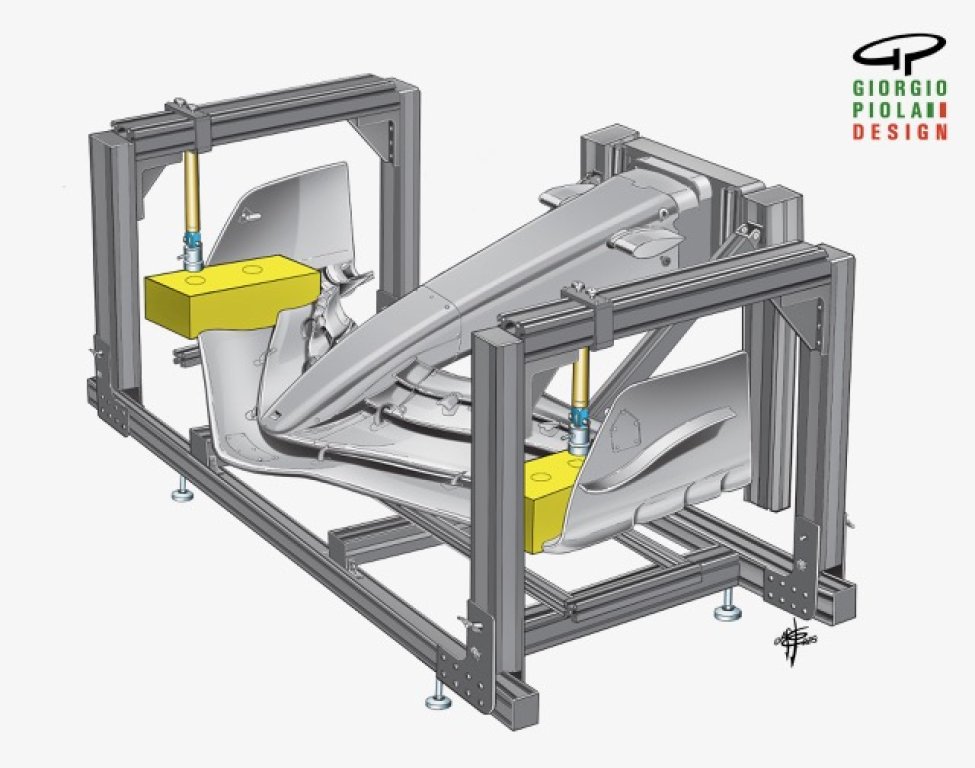



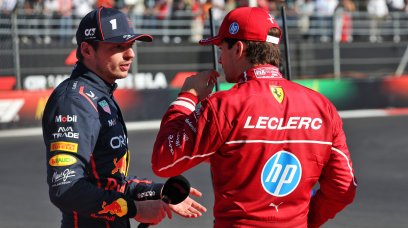


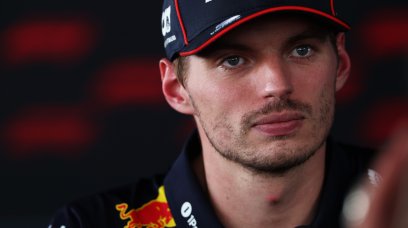

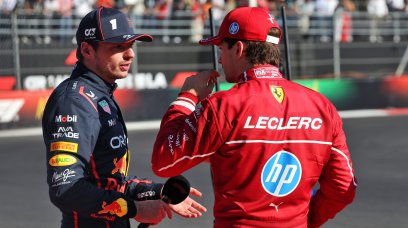
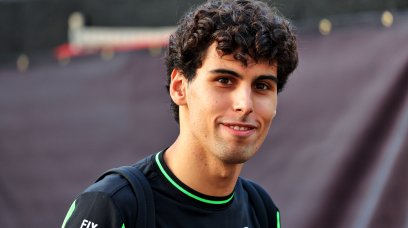
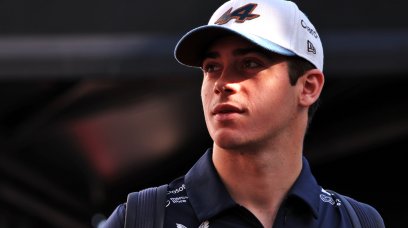












Join the conversation!